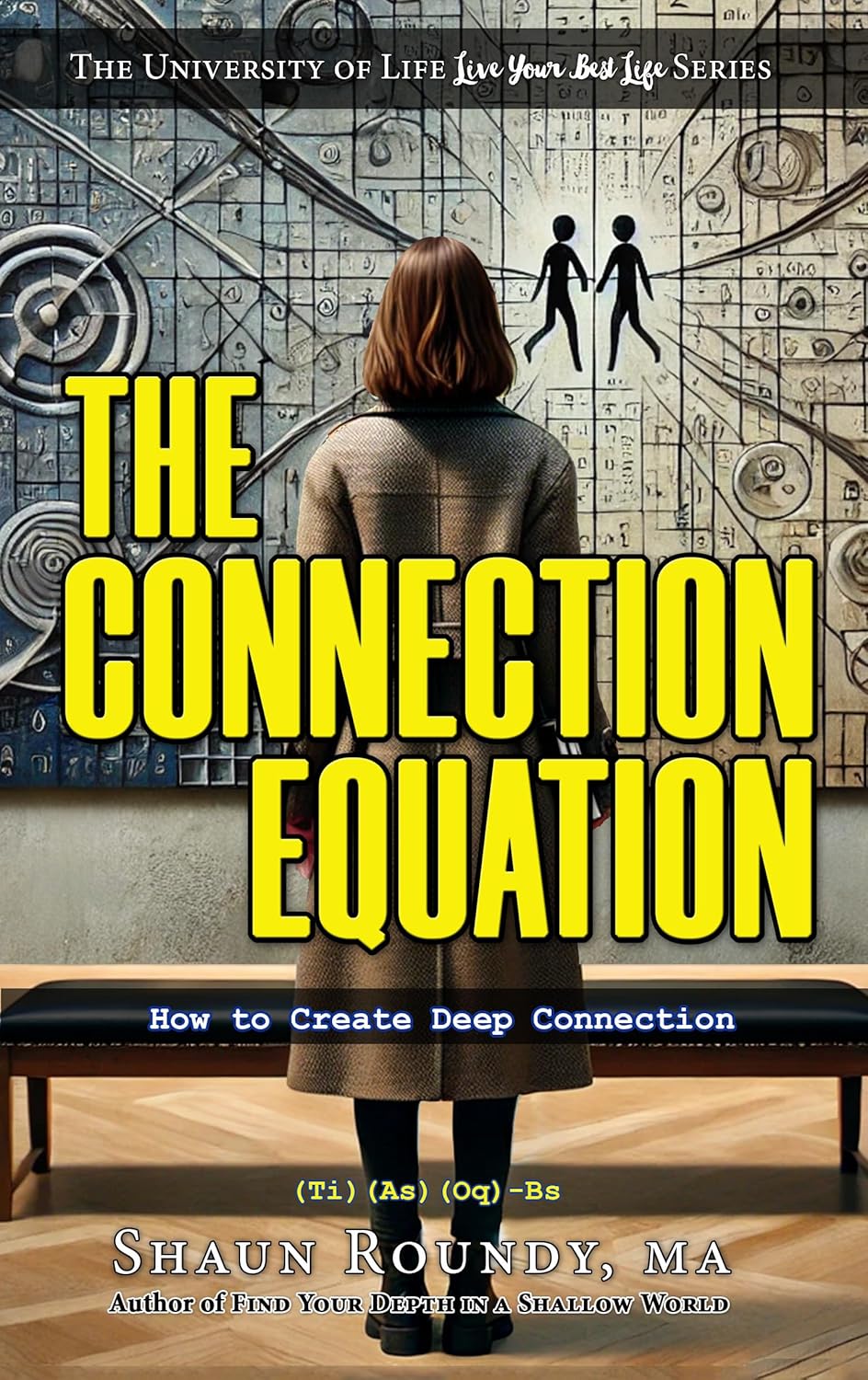 Think about it. That beautiful, tall, leafy tree in the park, with its shapes and colors, is completely disconnected from you. When you stare up through its branches, you’re not experiencing the tree itself. You would know nothing about the tree if not for the light rays bouncing off the trunk and leaves and reflecting into your eyes.
Think about it. That beautiful, tall, leafy tree in the park, with its shapes and colors, is completely disconnected from you. When you stare up through its branches, you’re not experiencing the tree itself. You would know nothing about the tree if not for the light rays bouncing off the trunk and leaves and reflecting into your eyes.
You’re not even experiencing the light that revealed the tree to you. Instead, the light that splashes through your pupils and focuses against the back of your eye causes the eye’s rods and cones to emit chemicals which translate into nerve impulses which travel to the visual cortex in the back of the brain where the image is then constructed and THEN, at last, you experience something, but it’s not the tree, it’s you.
Even if you touch the tree, even if you rub your fingers and palm against the rough bark or pluck a wide, green leaf from a tiny branch, you still only experience yourself, or, more precisely, the nerve impulses that travel up your arm create a sensory experience inside your brain.
“A mere technicality,” you say? Hardly! This is important to understand. Because if sensation occurs internally and beauty is no more than a judgment you make inside your head or heart (which is true), then you suddenly realize that beauty comes from YOURSELF. You suddenly realize that YOU and your consciousness are the source of beauty, not the outside world.
What this means for writers is that you can generate a VERY REAL experience for your readers by using vivid, effective descriptions. The only difference is that you skip the actual sensory input and jump straight to the experience formed by the imagination within the brain.
One of the most effective tools for making your writing come alive and seem utterly real are sensory details. I’ve perfected the teaching of this writing skill for over the years and have included 7 foolproof steps in The Art & Craft of Teaching. I’ll mention the four most important steps here. Follow these and you’ll be surprised at the visceral reaction your words generate in your readers.
1. Mention specific body parts. The more specific the better. Rain running down your face doesn’t seem nearly as real as rain splattering against your cheek and dripping off your chin.
2. Mention well-known or easily imagined sensory experiences. If whatever you’re describing doesn’t create a strong enough reaction by itself, then use a metaphor or comparison to well known highly sensory items.
3. Use onomatopoeia – words that sound like whatever’s going on. When metal clangs, clunks, rattles, crinkles or tinkles, it tells a lot about how thick or thin and heavy or light that metal is.
4. Show characters’ reactions to the sensory experience. By describing facial expressions, movements or words, your characters can model the reaction you want your readers to feel. As they imagine your characters’ response, that response happens inside their brain and the response can become as real as the real thing.
Practice Makes Perfect
Revise the following sentences, applying the above steps to generate stronger sensory reactions:
1. The rock landed on my foot.
2. She reached out and touched my arm.
3. My muscles ached after the hike.
4. Goose bumps appeared all over my skin.
5. The mud was very slimy.
6. He walked gingerly across the sharp gravel.
7. The house smelled familiar.
8. The hot shower felt good.
9. The bird landed in the tree.
10. The tires made a loud noise as the brakes locked up.









Leave a Reply